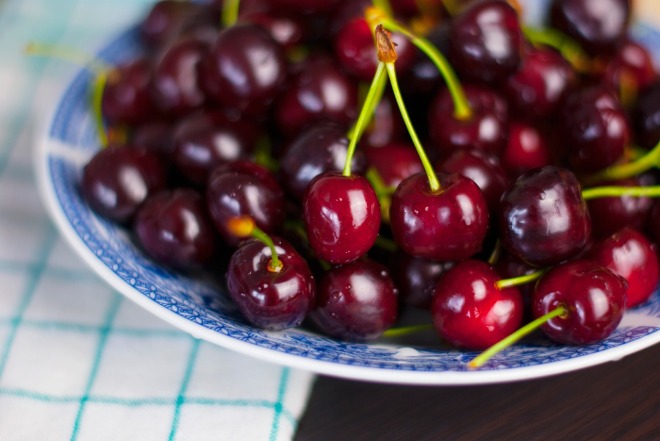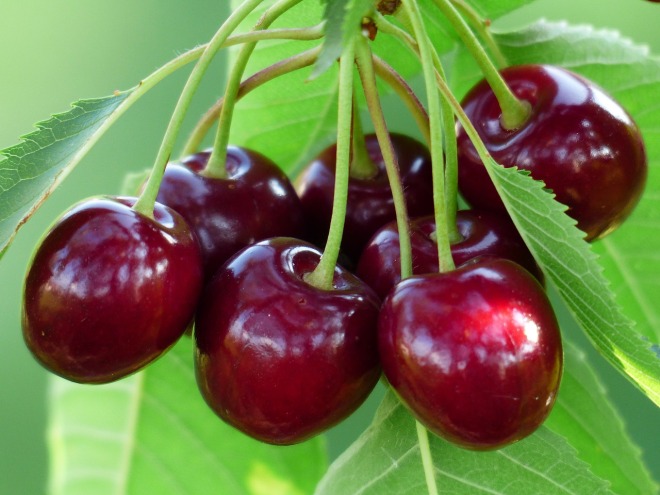We’re used to doctors extolling the benefits of exercise today, but that recognition is not a modern phenomenon. Among the six ‘non-naturals’ of humoural thinking – diet, air, exercise, sleep, evacuations and the passions – exercise was often viewed as the most important form of health preservation. In the eighteenth century, William Buchan, author of the popular handbook Domestic Medicine, claimed that ‘of all the causes which conspire to render the life of man short and miserable, none have greater influence than the want of proper exercise’ [1]. George Cheyne, physician to the fashionable, promoted walking as the most natural kind of exercise, and it seems to have been a female favourite, particularly in the countryside. Writer Elizabeth Montagu waxed positively lyrical on the subject, saying in a letter to Hester Pitt:
The summer season is the festival of a saunterer, there is something sublime in the reverie of a rural walk that one is apt to fancy oneself more nobly occupied than those engaged in the actual business and useful employments of human life [2].
Country house gardens were designed with circuits such as those at Stourhead and Stowe, the circular route with its temples and follies being seen as something of a ‘paradisal pilgrimage’, which provided multiple views of the gardens with no need to double back on oneself [3]. The poem ‘Stowe’ by Gilbert West, whose uncle Lord Cobham owned that house, described the tour in detail and lauds its obelisk, ‘chrystal lake’ and ‘sylvan Theatre’. West also talked about the other opportunities for exercise there:
Some mid the Nine-pins marshall’d Orders roll,
With Aim unerring the impetuous Bowl.
Others, whose Souls to loftier Objects move,
Delight the Swing’s advent’rous Joys to prove [4].
The swing was adventurous not only because you were pushed up in the air, but for the potential for revealing more than you intended: an article in the Spectator advised gentlemen that ‘The lover who swings his lady is to tie her clothes very close together with his hat-band before she admits him to throw up her heels’ [5]. I think this is the danger West was referring to when he wrote in his poem about ‘those mysterious Charms expos’d to view’, followed by what appears to be a game of kiss chase leading to the ‘Private Grotto’.

The Rotunda at Ranelagh Gardens in Chelsea by Thomas Bowles, 1754. commons.wikimedia.org
Similar opportunities for amorous encounters were presented by urban pleasure gardens such as Vauxhall and the more exclusive Ranelagh in Chelsea. There one could see and be seen while promenading, as well as drinking tea, attending concerts and watching fireworks – 12,000 people watched Handel rehearse his Music for the Royal Fireworks at Vauxhall in 1769, and novelist Tobias Smollett said that the magic lanterns at Ranelagh ‘made me almost think I was in some enchanted castle or fairy palace’ [6]. I suppose a stroll round the growing number of shops for some conspicuous consumption might also have counted as exercise. Dancing at balls during the season in London or in the spa towns certainly would have; as anyone who watched the recent re-creation of the Netherfield Ball will know, it was a strenuous pursuit. Together with fencing and tennis, it was an activity that ‘exercises every part’ and so is ‘generally most advantageous’, according to a treatise from ‘A Medical Gentleman’ called An Easy Way to Prolong Life, by a Little Attention to our Manner of Living.
Another generally advantageous pursuit was riding. From the spa at Cheltenham, Judith Milbanke wrote to her sister Mary: ‘I rise a little after seven, drink a Glass or two of the Waters & walk two hours before breakfast’, followed by ‘famous riding parties’ [7]. A letter from Lady Anne Hastings to her mother, the Countess of Huntingdon, begs her not to ‘omit the exercise’ and says that ‘you may have a pair [of horses] to go on an airing as often as you please’ [8]. This would have been in a carriage, but women did also ride on horseback, and a letter to a Mrs Gore in the Somerset Archives recommended doing so every day, ‘but not to continue it so long at a time as being fatigued would destroy its good effects’ [9]. Women had to ride sidesaddle, though, their left foot in the stirrup, their right leg supported by an extended saddle and their body facing forwards, which can’t have been too comfortable. Men, of course, faced no such limitations, and as well as riding across their land were able to participate in hunting and even horse racing.
Cheyne’s list of healthful exercises also includes ‘Digging, Working at a Pump, Ringing a dumb Bell, &c’ [10]. Not the activities of your average Georgian gentlemen, one would have thought, although they were particularly recommended for those with bad backs. In fact, essayist Joseph Addison was a devotee, writing in the Spectator:
I exercise myself an hour every morning upon a dumb-bell that is placed in the corner of my room, and pleases me the more because it does everything I require of it in the most profound silence [11].

© Victoria and Albert Museum, London
Another indoor exercise was the ‘chamber horse’ that Cheyne recommended in a letter to novelist Samuel Richardson, which ‘has all the good beneficial effects of a hard trotting horse except the fresh air’. The description makes it sound like an instrument of torture – ‘the chair you sit on with a cushion on the board as a bottom to it with a two armed hoop and with a foot stool that with a sliding board may be raised higher or lower’ [12]. The seat, made out of stacked horsehair cushions, functioned as a kind of concertina when you sat down, then you pulled yourself up by the handles. The air went in and out of the cushions through slits in the side. The chamber horse could also be used in a parallel way to today’s standing desk, with Cheyne telling Richardson: ‘You may dictate, direct, or read in it’.
However, Jane Austen records in her unfinished novel Sanditon that ‘poor Mr. Hollis’s chamber-horse’ was available for sale ‘as good as new’, and they made frequent appearances in auction catalogues, so it appears that many of these devices met the same fate as modern exercise machines. As so often, plus ça change.
____________________
[1] Quoted in Jack W. Berryman (2010) ‘Exercise is medicine: A historical perspective’, Current Sports Medicine Reports, 9(4): 1–7.
[2] August 5th, 1772. Vere Birdwood (1994) So Dearly Loved, So Much Admired: Letters to Hester Pitt, Lady Chatham from Her Relations and Friends 1744-1801, London: HMSO.
[3] Max F. Schultz (1981) ‘The circuit walk of the eighteenth-century landscape garden and the pilgrim’s circuitous progress’, Eighteenth-Century Studies, 15(1): 1–25.
[4] ‘Stowe, the Gardens of the Right Honourable Viscount Cobham’, 1732. http://faculty.bsc.edu/jtatter/west.html.
[5] Quoted in Kirstin Olsen (1999) Daily Life in 18th-Century England, Portsmouth, NH: Greenwood Publishing, p. 147.
[6] http://www.bl.uk/learning/histcitizen/georgians/entertainment/entertainments.html.
[7] 19 June 1787. Malcolm Elwin (1967) The Noels and the Milbankes: Their Letters for Twenty-Five Years 1767–1792.
[8] 17 July 1723. George Hastings Wheler (ed.) (1935) Hastings Wheler Family Letters 1704–1739, Castleford: West Yorkshire Printing Co.
[9] DD\GB/148/127, Gibbs MSS, Somerset Archives, February 4th, 1774.
[10] George Cheyne (1724) An Essay of Health and Long Life, London: George Strahan, p. 94.
[11] Robert Batchelor (2012) ‘Thinking about the gym: Greek ideals, Newtonian bodies and exercise in early eighteenth-century Britain’, Journal for Eighteenth-Century Studies, 35(2): 185–97, p. 186, 189.
[12] Letter from Bath dated January 12, 1740, quoted at http://www.bbc.co.uk/radio4/history/longview/longview_20031007_readings.shtml.
 To continue the theme of the last post, I thought I’d share some culinary recipes using cherries (and get some inspiration, since we’ve still got a lot on the trees!). These are from the early seventeenth-century recipe book of Diana Astry.[1]
To continue the theme of the last post, I thought I’d share some culinary recipes using cherries (and get some inspiration, since we’ve still got a lot on the trees!). These are from the early seventeenth-century recipe book of Diana Astry.[1]
 We have five cherry trees in the garden here, and at the moment we’re positively deluged with plump, sweet fruit. Cherries are touted today as something of a wonder food, full of antioxidants, Vitamins A and C and melatonin. Nowadays it’s the tart version that seems to be preferred for its medicinal properties, but in the eighteenth century it was black cherries that were used, often as black cherry water.
We have five cherry trees in the garden here, and at the moment we’re positively deluged with plump, sweet fruit. Cherries are touted today as something of a wonder food, full of antioxidants, Vitamins A and C and melatonin. Nowadays it’s the tart version that seems to be preferred for its medicinal properties, but in the eighteenth century it was black cherries that were used, often as black cherry water.
